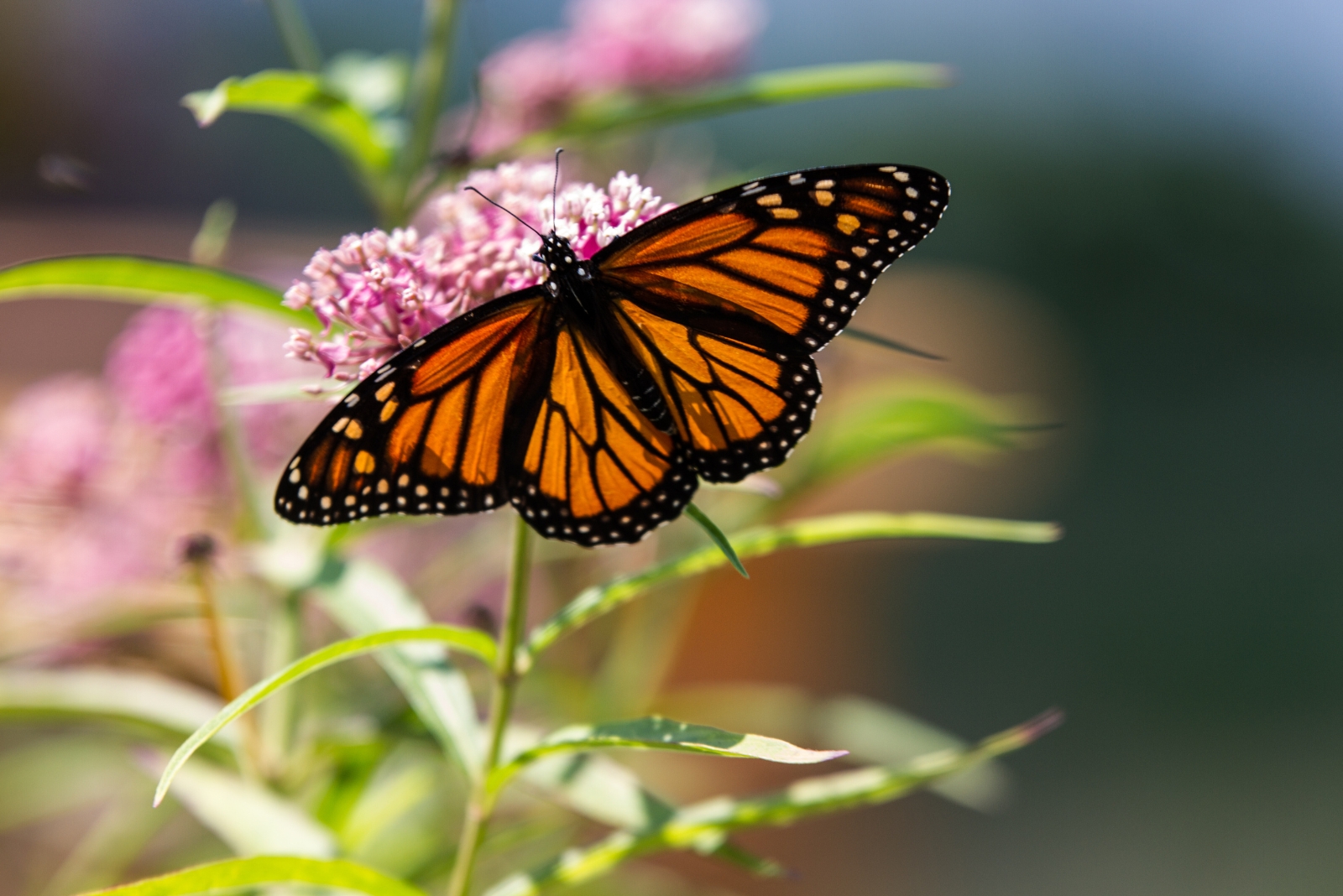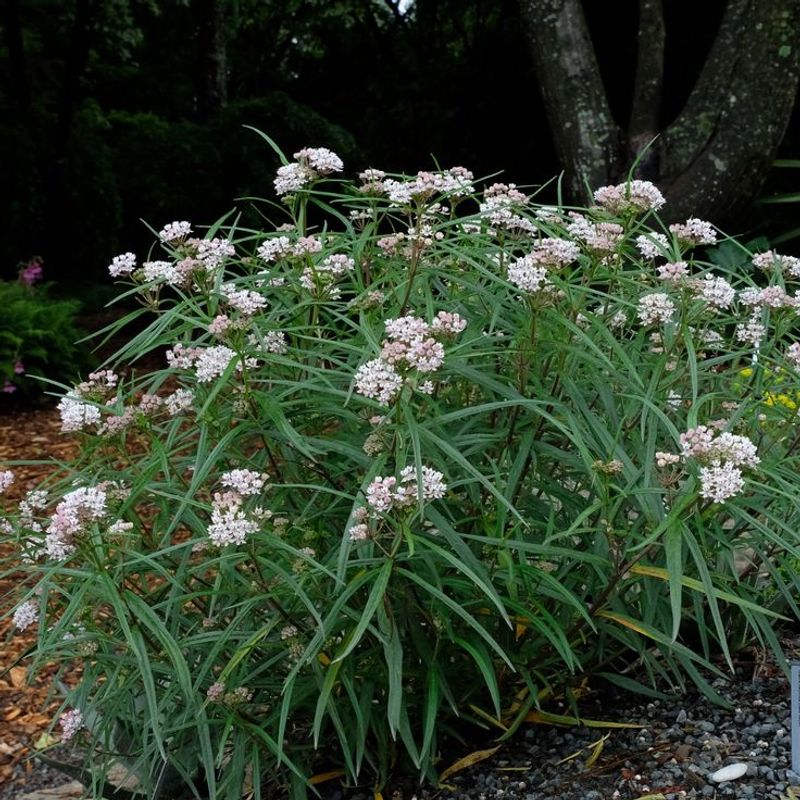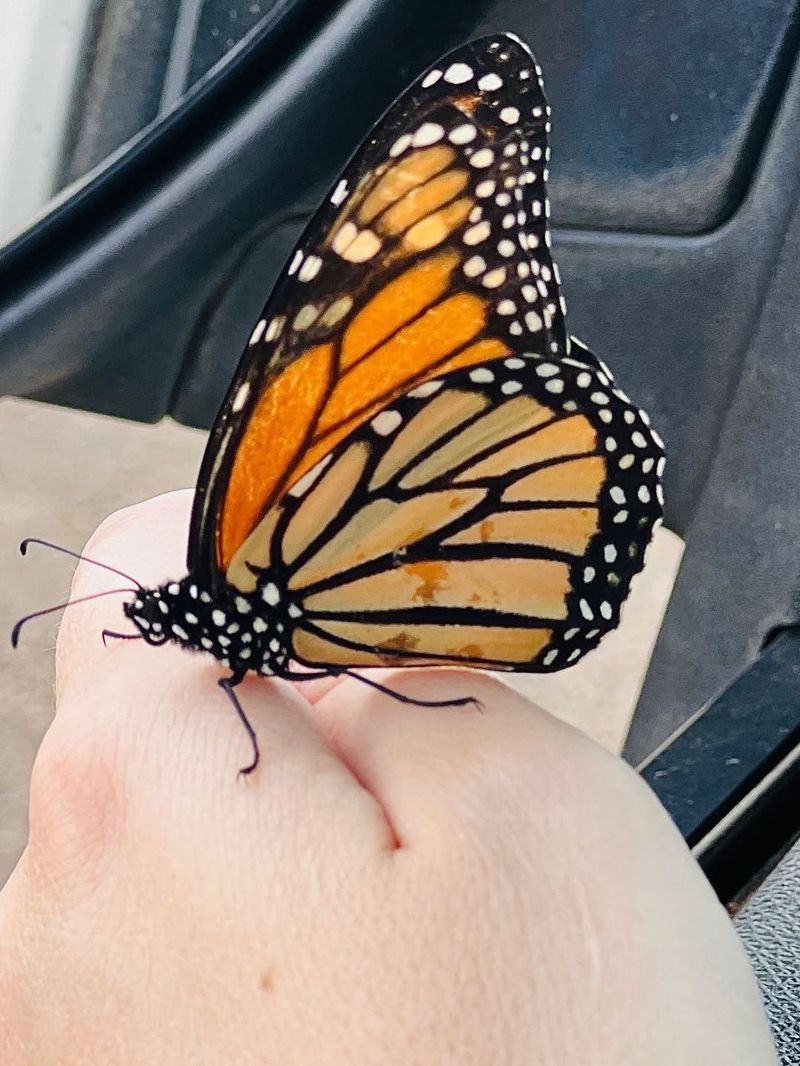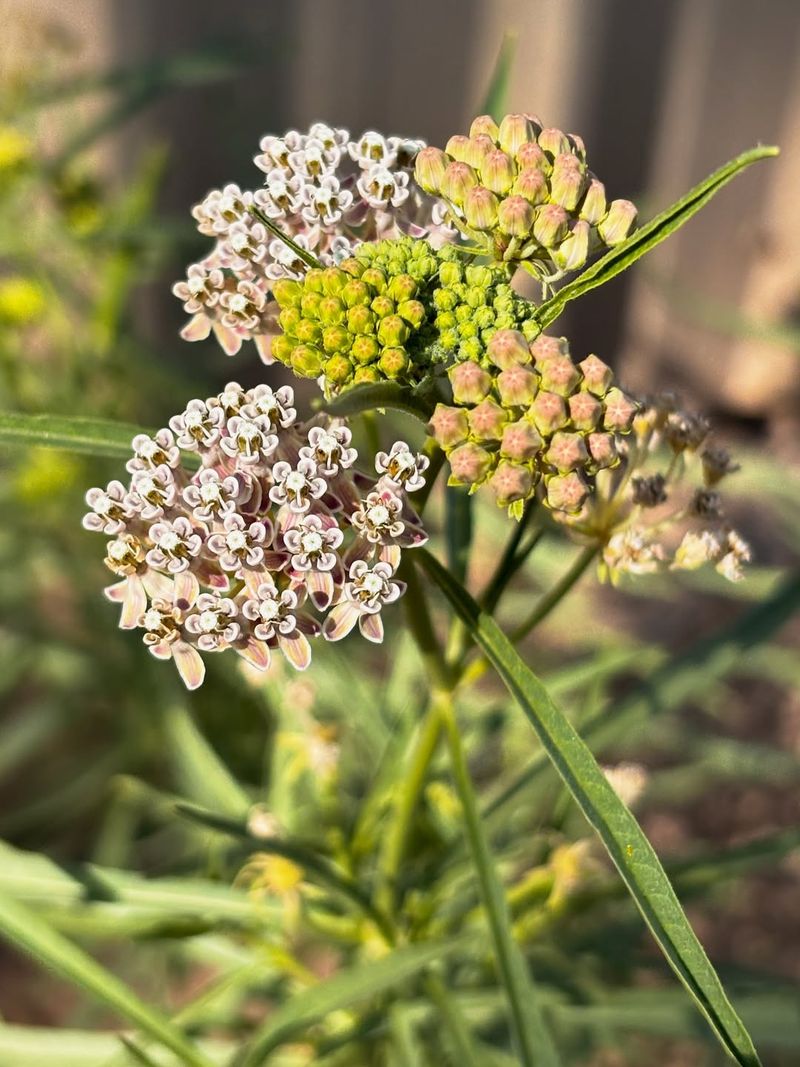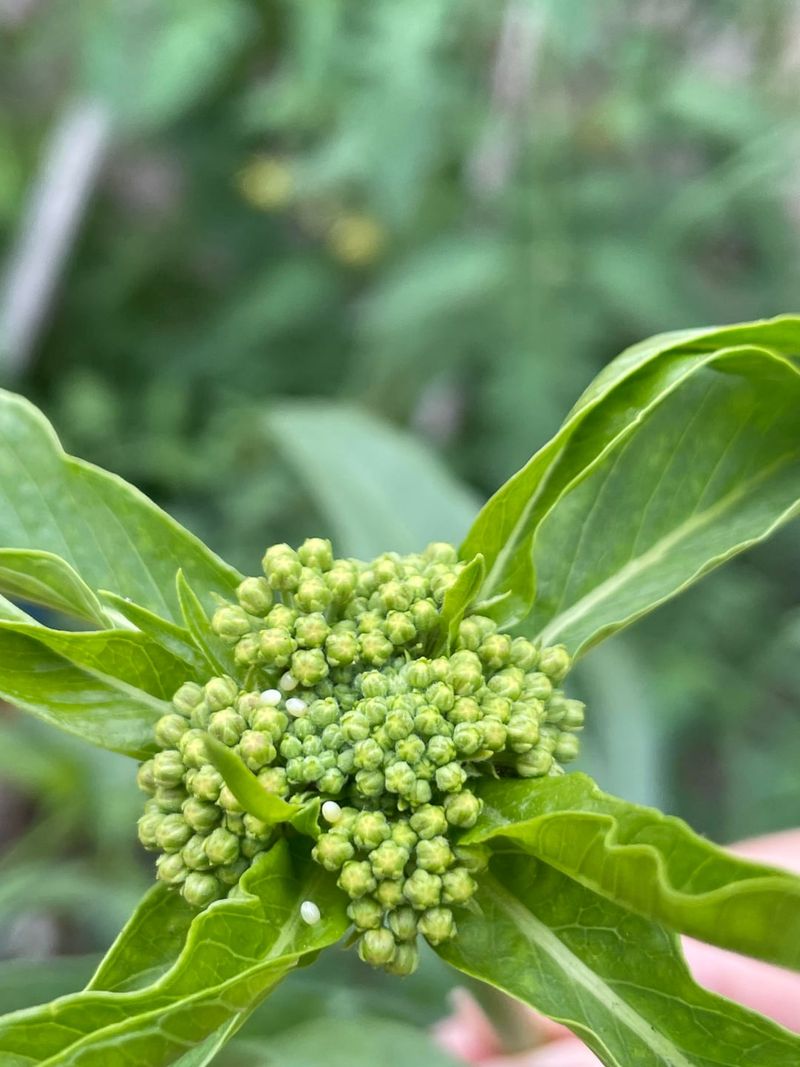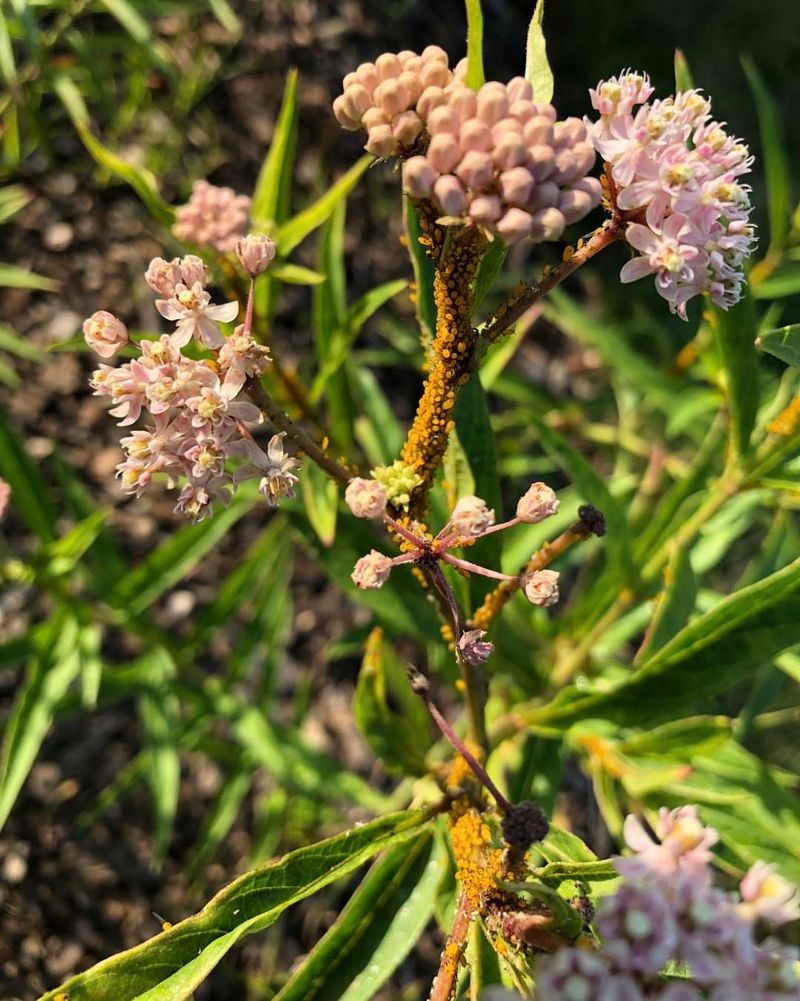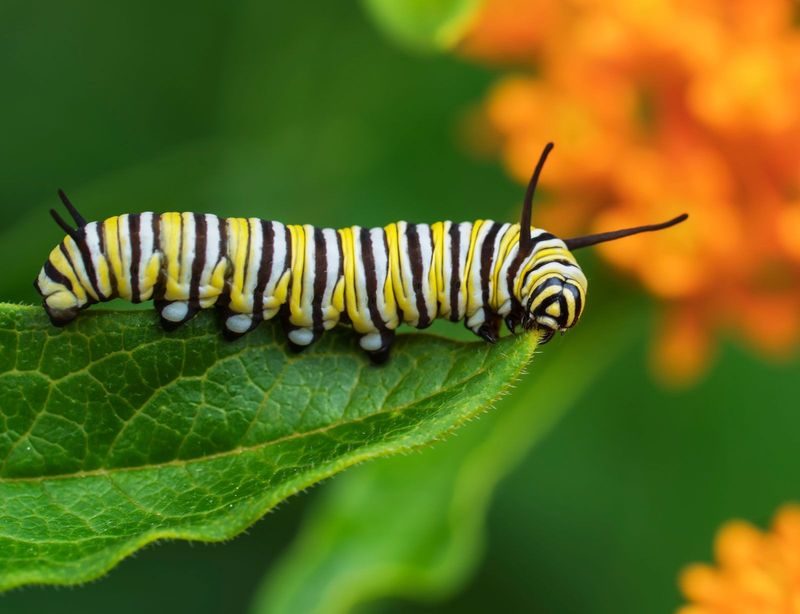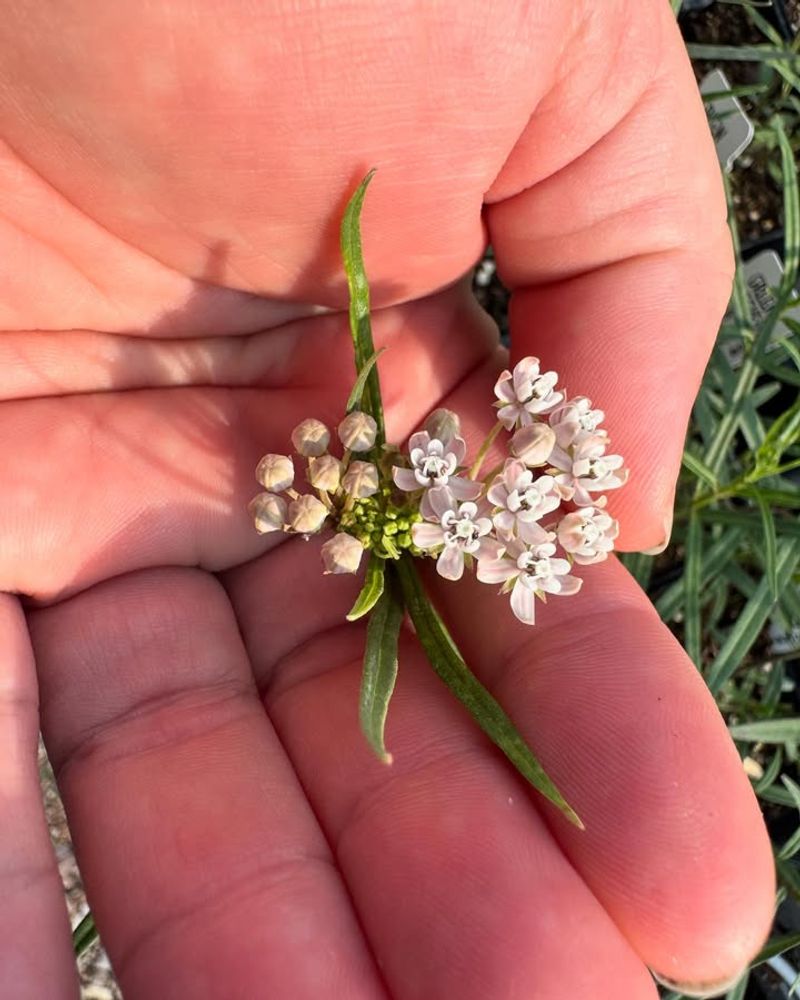Butterflies need special plants to survive, and narrowleaf milkweed is one of their absolute favorites in California. This native plant provides food and shelter for beautiful monarch butterflies and many other pollinators throughout the warmer months.
Learning about narrowleaf milkweed can help you create a butterfly-friendly garden while supporting local wildlife in your own backyard.
1. A Native Beauty That Thrives In Dry Conditions
Narrowleaf milkweed grows naturally across California’s hot and dry regions. Unlike many garden plants that need constant watering, this hardy native loves sunshine and can handle drought conditions like a champion.
Gardeners appreciate how easy it is to maintain once established. The plant’s slender leaves help it conserve water during the hottest summer days.
If you live in a water-conscious area, narrowleaf milkweed makes an excellent choice for sustainable landscaping that still looks beautiful.
2. Monarch Butterflies Depend On It For Survival
Monarch caterpillars eat only milkweed leaves, making this plant absolutely essential for their survival. Without milkweed, monarch butterflies would disappear from our gardens and wild spaces forever.
Adult monarchs also drink nectar from the plant’s fragrant flowers. Both the caterpillar and butterfly stages depend on milkweed throughout their entire life cycle.
Planting narrowleaf milkweed in your California yard directly helps protect these iconic butterflies from extinction.
3. Beautiful Flowers Bloom From Spring Through Fall
From late spring until early fall in California, narrowleaf milkweed produces stunning clusters of white and pinkish flowers. Each flower cluster contains dozens of tiny star-shaped blooms that smell sweetly fragrant.
Hummingbirds and bees visit these flowers constantly during peak blooming season. The long flowering period means your garden stays colorful for months instead of just a few weeks.
Cutting a few stems for indoor arrangements brings that wonderful fragrance inside your home too.
4. Grows Tall And Slender With Minimal Care
Narrowleaf milkweed typically reaches between two to three feet tall with a slim, upright growth habit. Its narrow leaves give the plant an elegant appearance that fits perfectly in modern California garden designs.
Once you plant it in well-draining soil, the roots establish quickly. After the first year, you’ll barely need to water or fertilize it at all.
The plant naturally reseeds itself, so you might find baby milkweeds popping up nearby each spring.
5. Attracts Dozens Of Beneficial Pollinators Beyond Monarchs
While monarchs get most of the attention, narrowleaf milkweed welcomes countless other important pollinators too. Native bees, swallowtail butterflies, hummingbirds, and beneficial wasps all visit the flowers regularly.
Creating a healthy ecosystem means supporting many different species, not just one. Your milkweed patch becomes a busy restaurant where pollinators gather throughout the day.
More pollinators in your California yard means better fruit and vegetable production in your garden.
6. Contains Natural Defenses That Protect Butterflies
Milkweed plants contain toxic compounds called cardenolides that taste terrible to most predators. When monarch caterpillars eat the leaves, they absorb these chemicals into their own bodies.
Birds and other animals quickly learn that monarchs taste awful and avoid eating them. This clever defense system protects butterflies throughout their entire lives.
The bright orange color of adult monarchs serves as a warning sign to predators: stay away!
7. Easy To Start From Seeds Or Transplants
Starting narrowleaf milkweed from seeds works wonderfully if you have patience. Seeds need cold treatment before planting, which you can do by refrigerating them for a few weeks.
Buying small transplants from native plant nurseries gives you faster results. Either way, plant in spring after the last frost for best success rates.
Within two years, your milkweed plants will produce enough flowers to attract butterflies from all around your California neighborhood.

